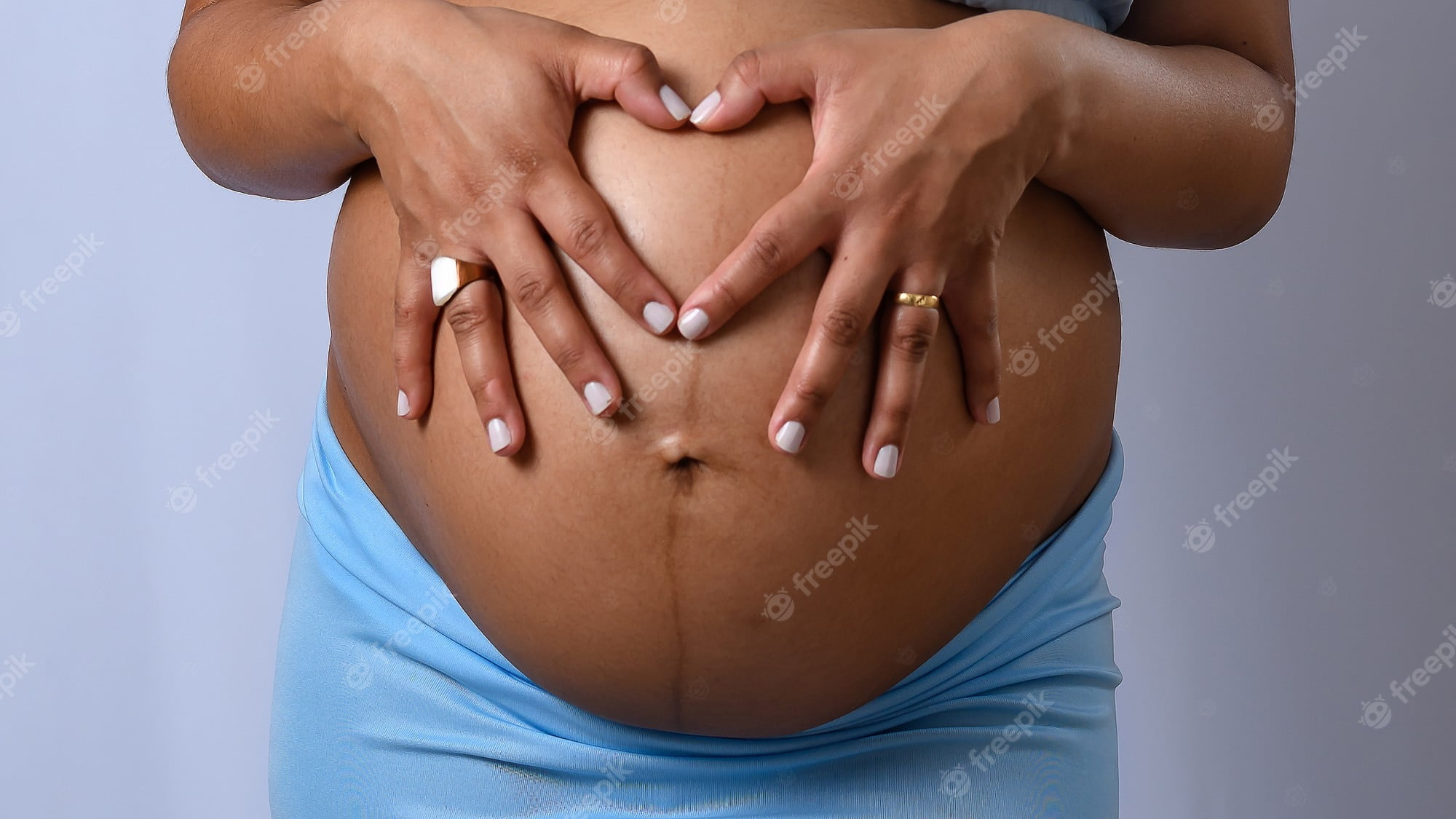
Contents
Introduction
Pregnancy is a beautiful journey, but it can come with its share of unexpected challenges. One such challenge is pregnancy erythema nodosum, a rare condition that can cause discomfort and concern for expectant mothers. In this article, we will delve into the details of pregnancy erythema nodosum, exploring its causes, symptoms, and effective management strategies.
What Is Pregnancy Erythema Nodosum?
Erythema nodosum is a condition characterized by painful, red nodules or lumps that form under the skin, typically on the shins. When this condition occurs during pregnancy, it is referred to as pregnancy erythema nodosum. Let’s take a closer look at why this condition develops.
Causes of Pregnancy Erythema Nodosum
Hormonal Changes
Hormonal fluctuations are a hallmark of pregnancy. These changes can trigger the development of erythema nodosum in some women. The exact mechanisms are still under study, but it is believed that hormonal shifts can lead to inflammation, resulting in the characteristic nodules.
Immune System Response
During pregnancy, the immune system undergoes adaptations to support the growing fetus. Sometimes, this altered immune response can mistakenly target the fatty tissue under the skin, leading to the formation of nodules.
Identifying Symptoms
Pregnancy erythema nodosum can be distressing due to its painful nature. Here are the common symptoms associated with this condition:
1. Tender Red Nodules
The hallmark symptom is the appearance of tender, red nodules, usually on the shins. These nodules can vary in size and may be accompanied by a warm sensation.
2. Swelling
The affected area may become swollen and inflamed, adding to the discomfort.
3. Fever
In some cases, pregnancy erythema nodosum can be accompanied by a low-grade fever.
Diagnosis and Differential Diagnosis
If you suspect pregnancy erythema nodosum, it is crucial to consult a healthcare provider for a proper diagnosis. The diagnosis typically involves a physical examination and may require a skin biopsy to rule out other conditions with similar symptoms, such as cellulitis or deep vein thrombosis.
Management and Treatment
Managing pregnancy erythema nodosum is essential for the well-being of both the mother and the developing fetus. Here are some key strategies:
1. Pain Relief
Over-the-counter pain relievers, such as acetaminophen, can help alleviate the discomfort associated with erythema nodosum. Always consult your healthcare provider before taking any medication during pregnancy.
2. Rest and Elevation
Resting and elevating your legs can reduce swelling and discomfort.
3. Warm Compresses
Applying warm compresses to the affected areas can help ease the pain and promote healing.
4. Corticosteroids
In severe cases, your healthcare provider may prescribe corticosteroid medications to reduce inflammation.
5. Monitoring
Regular check-ups with your healthcare provider are crucial to monitor the progress of the condition and ensure the safety of your pregnancy.
Conclusion
Pregnancy erythema nodosum, though rare, can be a challenging condition for expectant mothers. Understanding its causes, recognizing the symptoms, and following appropriate management strategies are key to ensuring a healthy pregnancy. If you suspect you have pregnancy erythema nodosum, don’t hesitate to seek medical advice and support.
Frequently Asked Questions (FAQs)
1. Can pregnancy erythema nodosum harm my baby?
Pregnancy erythema nodosum typically does not harm the baby directly. However, it’s essential to manage the condition to ensure your overall health during pregnancy.
2. Is pregnancy erythema nodosum preventable?
There is no foolproof way to prevent pregnancy erythema nodosum, but maintaining a healthy lifestyle and seeking prompt medical attention can help manage the condition effectively.
3. Are there any long-term complications associated with erythema nodosum?
In most cases, erythema nodosum resolves after pregnancy. However, it can recur in subsequent pregnancies or outside of pregnancy in some individuals.
4. Can I use topical creams for pain relief?
Topical creams may provide some relief, but it’s essential to consult your healthcare provider before using any medication or topical treatments during pregnancy.
5. What is the outlook for pregnancy erythema nodosum?
With proper management, the outlook for pregnancy erythema nodosum is generally favorable. Most women experience relief from symptoms after giving birth.




